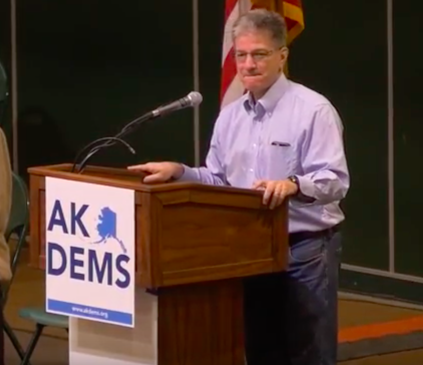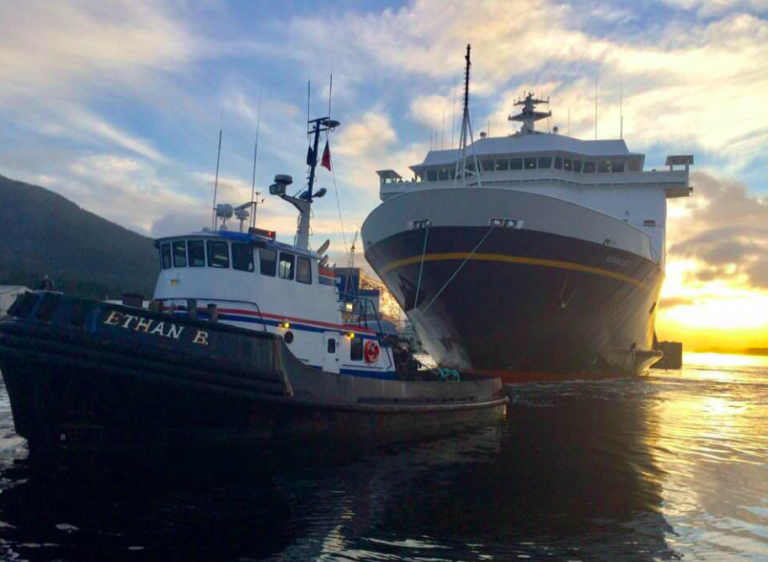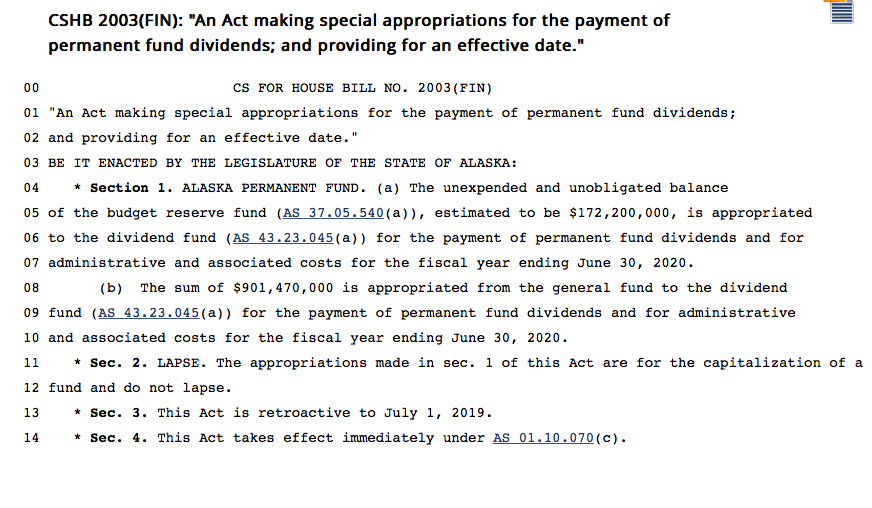The MRAK Almanac is your place for political, cultural, and civic events, events where you’ll meet political leaders or, if you are interested in getting to know your state, these are great places to meet conservative- and moderate-leaning Alaskans.
Alaska Fact Book:
Saturday, July 27 is the 9th annual Ted Stevens Day in Alaska. This day commemorates Senator Stevens’ dedication to serving Alaska throughout more than forty years in the U.S. Senate. We can all spare a moment to thank Uncle Ted for his service to the state and to the country. There will be many events happening to celebrate Ted Stevens Day across the state this weekend. A few are listed below:
Ted Stevens Day at the Alaska Zoo. Free entry and a reusable bag to the first 200 attendees. The zoo opens at 9 am and the bags will go quickly, so arrive bright and early.
The Girdwood Health Clinic will offer free food and health-related activities from 11 am – 2 pm to celebrate Ted Stevens Day. Come get your blood pressure checked and enjoy good music and even better company.
The Capital City Republicans will host a “Toast to Ted” in Juneau at 5 pm. To RSVP, email [email protected]
Fairbanks Republican Women will hold a tailgate party in honor of Senator Stevens at the Goldpanners baseball game starting at 7 pm. Come support your local baseball team and show your thanks to Ted Stevens.
Read more about Senator Ted Stevens on the Ted Stevens Foundation website here.
More Weekend Events:
7/26: The Alaska House will gavel in at 10 am, with House Finance meeting in Juneau at 1 pm. House Transportation will meet in Cordova on July 27 to discuss the Alaska Marine Highway System’s future. There will be opportunities for public testimony, read more here.
7/26: Community BBQ & Pioneer Meet & Greet in Soldotna at 4 pm. This Progress Days kick-off event is sponsored by the Soldotna Chamber of Commerce. This is a free event and all are welcome to attend. Read more here.
7/26: Weekly summer block party in Juneau outside the Juneau Arts & Culture Center. Enjoy live music, food vendors, and fun for the whole family. Starts each Friday at 5:30 pm.
7/26: Alaska Intertie Management Committee meeting in Anchorage at 9 am. The committee is a subsidiary of the Alaska Energy Authority (AEA) and holds meetings regularly. The public is invited to attend, either in-person or by phone. Further details here.
7/26: Food Truck Rally in Fairbanks hosted by the Fairbanks Youth Soccer Association. The past several rallies have been quite successful, and this one will even feature an inflatable park set up for the kids. Come try something new and support local food vendors. Read more here.
7/26: Come support the Mat-Su Miners baseball team as they take on the Anchorage Glacier Pilots at the Hermon Brothers Field in Palmer. First pitch at 6 pm.
7/26: 11th annual Kingfisher Regatta in Whittier. All Kingfisher boat owners and their friends are welcome to participate, and there will be over $10,000 in prizes available for winners in several different fishing categories. Read more here.
7/27: The Alaska Senate will gavel in at 2 pm in Juneau.
7/27: JBER 3rd Wing 100th anniversary golf tournament at the Moose Run golf course. Shotgun start at 6 am. Read more here.
7/27: Veterans Appreciation Car & Bike Show in Anchorage, hosted by the Alaska VA healthcare system. There will be awards for best custom job, loudest pipes, and much more. The event starts at 10 am. All are welcome to attend, read more here.
7/27: American Legion Post 28 will host their annual AlaskaFest celebration starting at noon. This unique opportunity will feature family fun including outdoor and indoor games, live music performed by veterans, and much more. All interested community members are welcome. Read more here.
7/28: Alaska Aviation Festival from 10 am – 4 pm. Hosted by the Alaska Aviation Museum in Anchorage, Sunday’s entertainment includes Lake Hood fly-overs, vintage aircraft demos, games for kids, and all things airplane related. Admission is free for museum members and $15 for non-members. Further details here.
7/24-7/28: Annual Bearfest in Wrangell. Come learn about Wrangell’s resident bear population and celebrate the arrival of their favorite food—salmon. The five-day festival features bear safety workshops, a smoked salmon competition, and lots of fun for the whole family. Read more here.
7/25-7/28: The 51st annual Southeast Alaska State Fair in Haines. Enjoy great headlining music acts, great local food, and dozens of contests and showcases on display. Worth a trip down the Alcan, if you schedule allows. Read more here.
7/26-7/28: Join the small community of Delta Junction for the Deltana Fair, an annual tradition for more than thirty years. There will be pet shows, rodeos, and rides for the kids. Don’t forget to watch the parade at 9 am on Saturday. Read more about the fair here.
7/26-7/28: 61st annual Progress Days celebration in Soldotna. This fun-filled weekend features a parade through town, dozens of food vendors, live music, and lots of family fun. There will even be a rodeo. Read the full lineup of events at this link.
7/27-7/28: Head to downtown Anchorage for the weekly Anchorage Market & Festival, Alaska’s largest outdoor market. Over 300 local food and craft vendors descend upon Anchorage each weekend of the summer for this great event, so don’t miss out. Starts at 10 am.
Alaska History Archive:
July 28, 1977—42 years ago: The first barrel of oil from the North Slope reached Valdez via the Trans-Alaska Pipeline. Construction on the pipeline had officially commenced around three years earlier, and tens of thousands of workers from across the country traveled to Alaska to take part in the great economic boom that the pipeline’s construction created.
July 28, 1919—100 years ago: The highest temperature ever recorded in Fairbanks was reached when the mercury hit 99 °F downtown. It’s safe to say there was no air conditioning within a thousand miles of Fairbanks at the time. While it’s certainly been unusually warm in Fairbanks this summer, this record still stands strong a century later.









